A 500-year-old clifftop castle on a 28,500-acre estate that 'encapsulates the Scottish dream'
Dunbeath Castle and its breathtaking estate have come to the market, a truly rare chance to buy one of Scotland's greatest privately-owned properties.
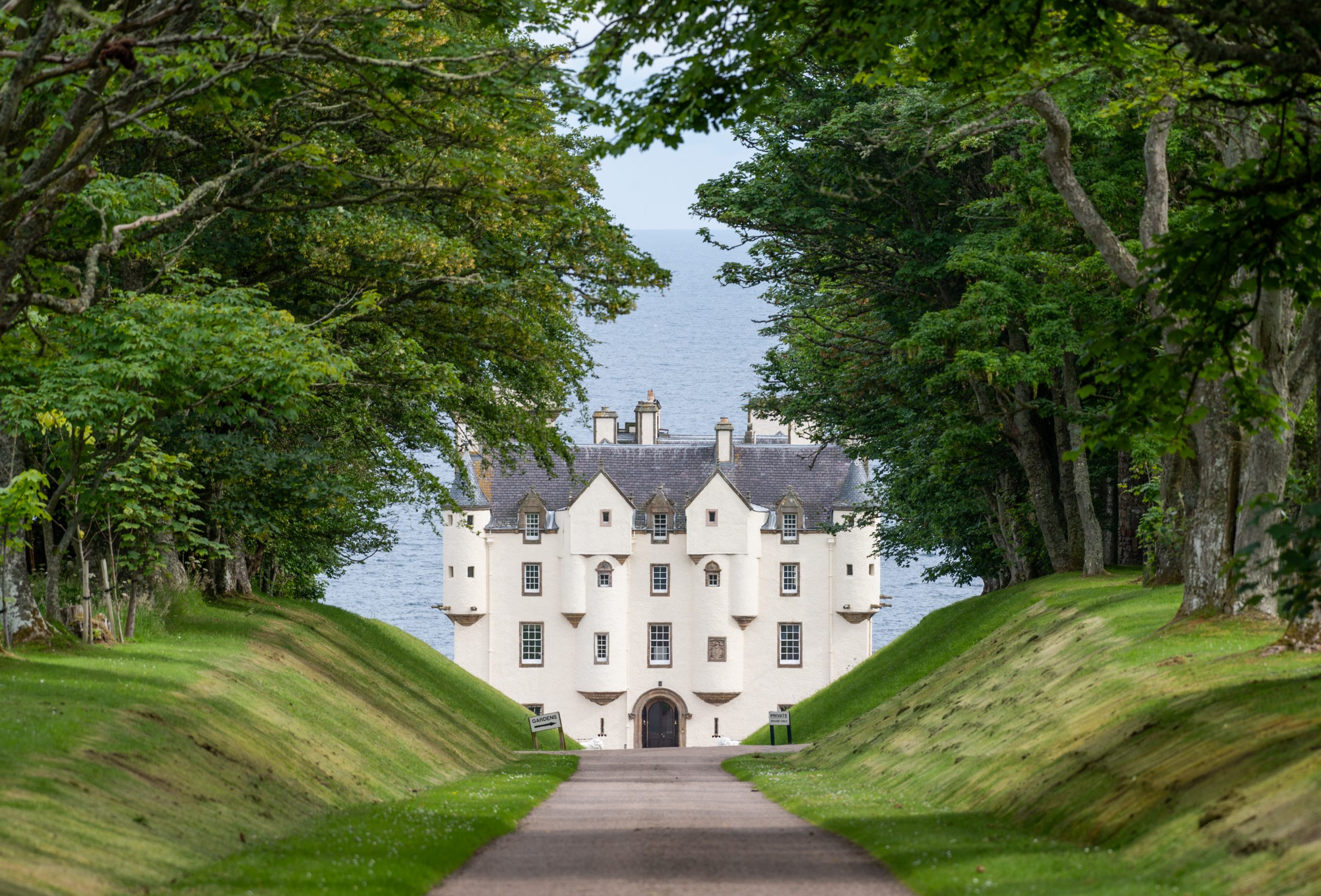

Few are the privately-owned residences which have the honour of starring on the cover of Country Life; even fewer are those which have had that honour multiple times. So when one of those properties comes up for sale, it’s worth celebrating: Dunbeath Castle is looking for a new owner.
Evelyn Channing of Savills seeks ‘offers over £25 million’ for the 28,500-acre Dunbeath estate in Caithness, the remote coastal county on Scotland’s north-eastern corner, fringed to the north and east by dramatic sea cliffs and long sandy beaches and to the south and west by the more rugged and mountainous county of Sutherland.
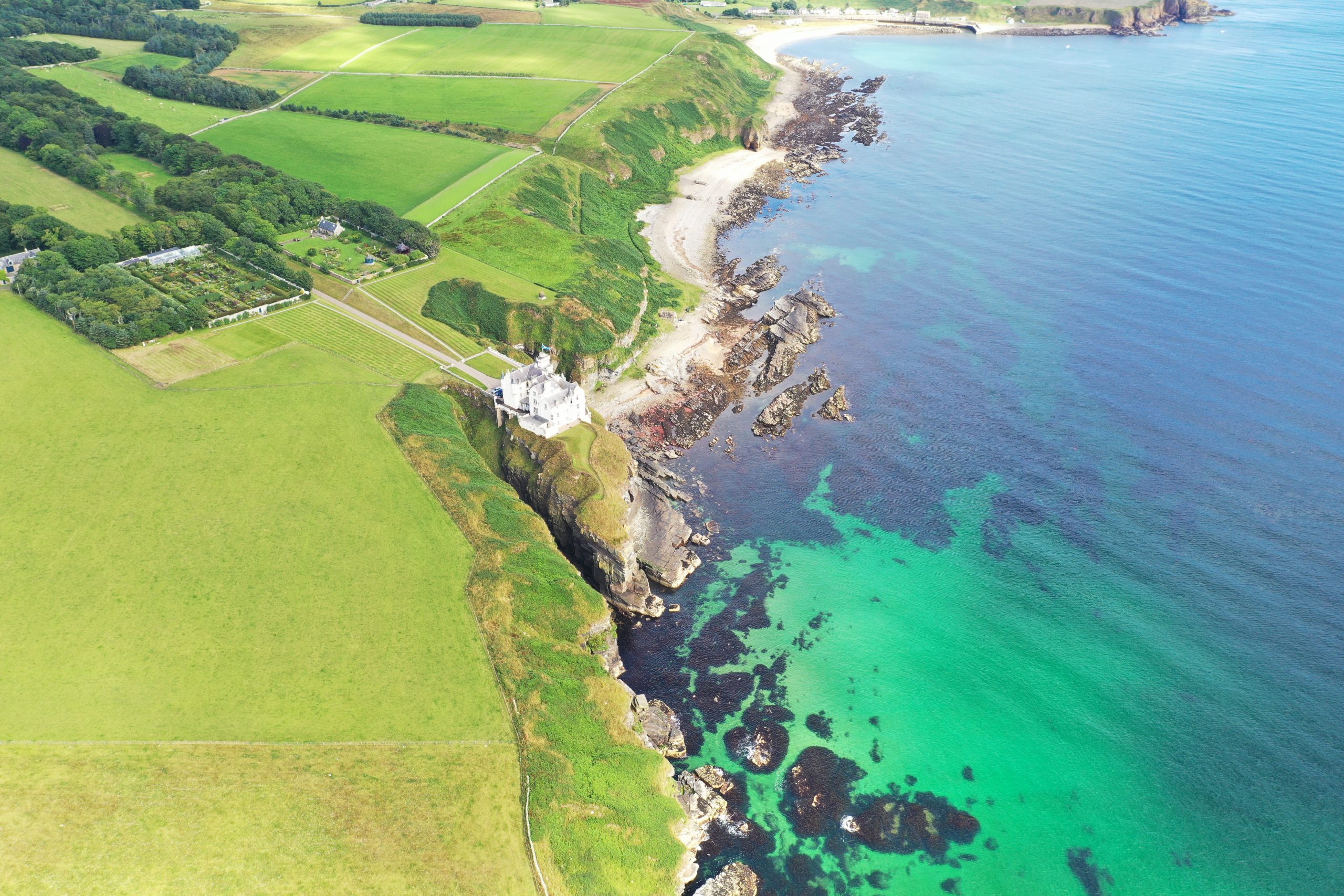
Caithness is a land of vast moorland, river valleys of gentle rolling farmland, and blanket peatland known as the Flow Country, the largest expanse of blanket bog in Europe.
The principal house on the Dunbeath estate is the aforementioned — and magnificently picturesque — Category A-listed Dunbeath Castle, a massive white building set high on a rocky promontory overlooking the sea. It sits on the east coast of Caithness, 21 miles south of the ancient Norse town of Wick and a two-hour drive north from Inverness. Although remote, it is far from inaccessible: private flights are available from Wick John O’Groats airport, and there is ample space for helicopters to land on the lawns of Dunbeath Castle itself.
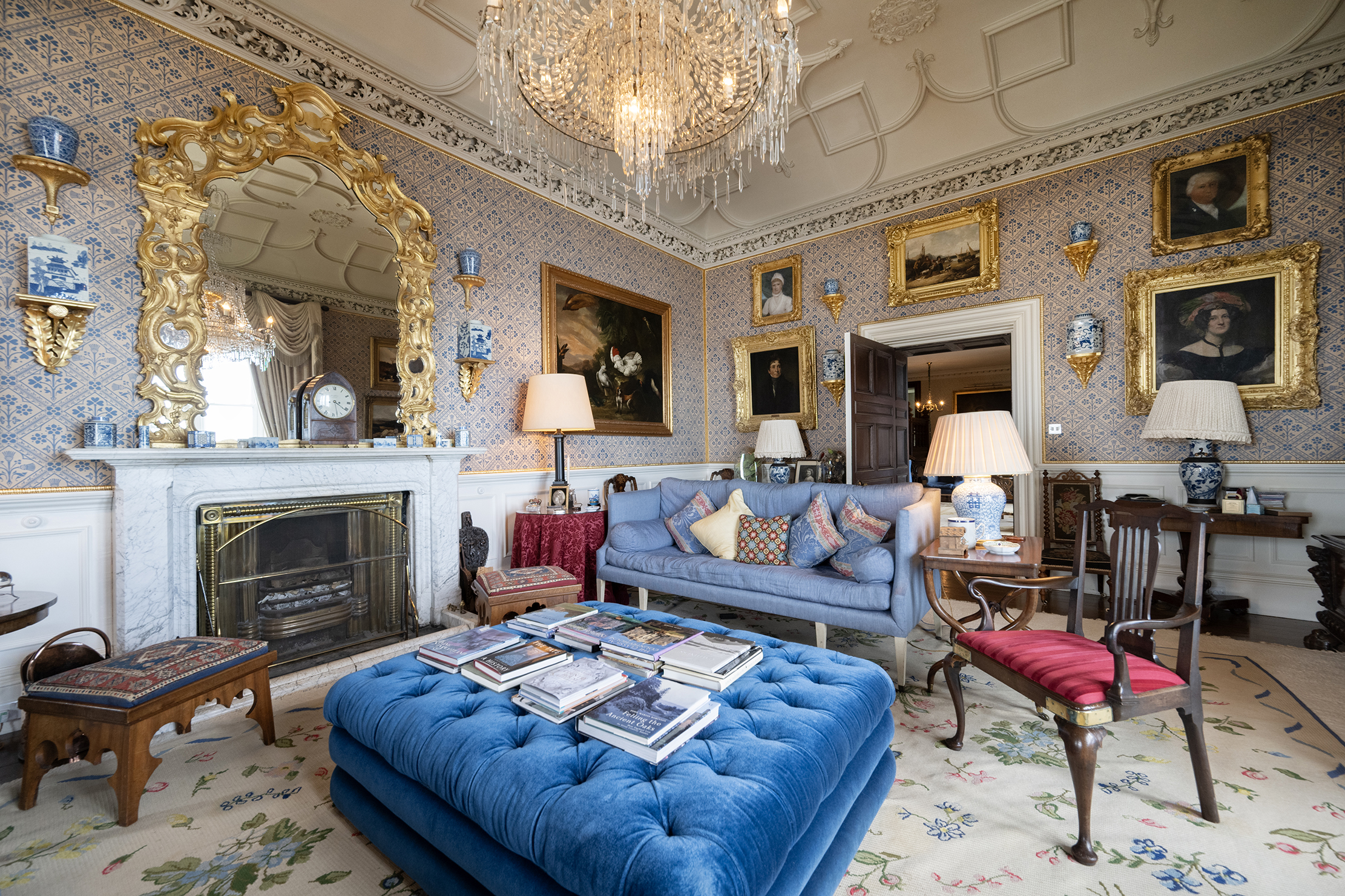
The earliest-known building on the site dates from 1428, when the first recorded laird was Alexander Sutherland. It later passed by marriage to the Clan Sinclair, members of which, in 1620, replaced the medieval structure with a four-storey tower house that remained in the family for 325 years.
The castle was extensively remodelled by the Sinclairs in the 17th century and again in the 1860s, when the Scottish architect David Bryce rebuilt it in the Scots Baronial style and established the designed landscape in which it sits.
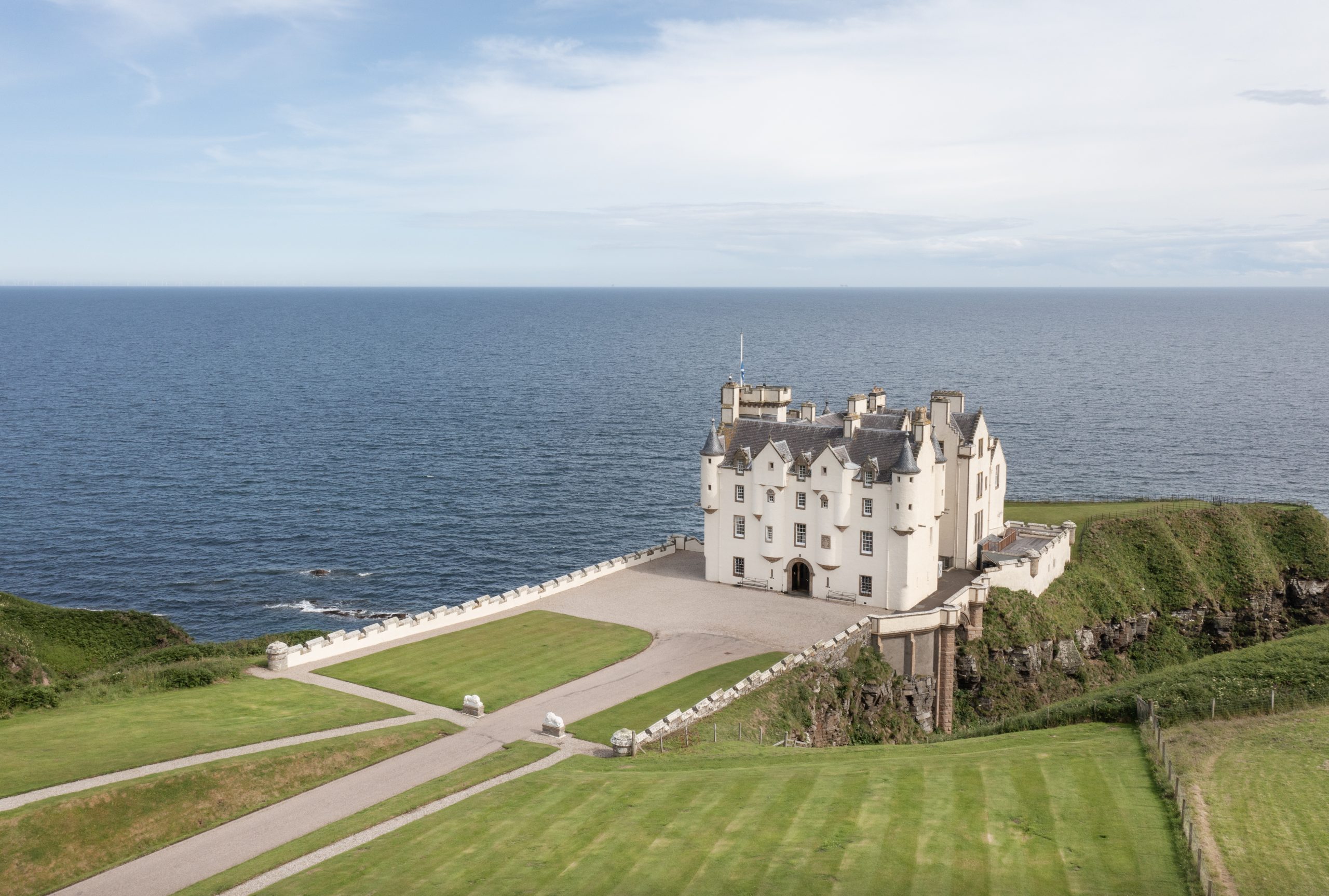
His masterstroke was to make the northern front of the castle symmetrical and lay out an approach down a three-quarter-mile-long, arrow-straight, tree-lined drive — the iconic view probably most familiar to readers of Country Life thanks to its numerous cover appearances, the most recent of which was in 2018.
Exquisite houses, the beauty of Nature, and how to get the most from your life, straight to your inbox.
Following Vice-Admiral Sir Edwyn Alexander-Sinclair’s death in 1945, his estates were broken up and sold, after which Dunbeath had four owners — two of them American — before being bought in 1997 by the late Stuart Murray Threipland and his wife, Claire.
Behind its grand exterior, Mr and Mrs Threipland created a much-cherished family home with ample space for entertaining. Guests can be accommodated in great comfort within the castle’s 13 bedrooms, all of which bear the names of historic naval battles, whereas the main reception rooms are located on the eastern side of the four-storey building to take advantage of the magnificent sea views.
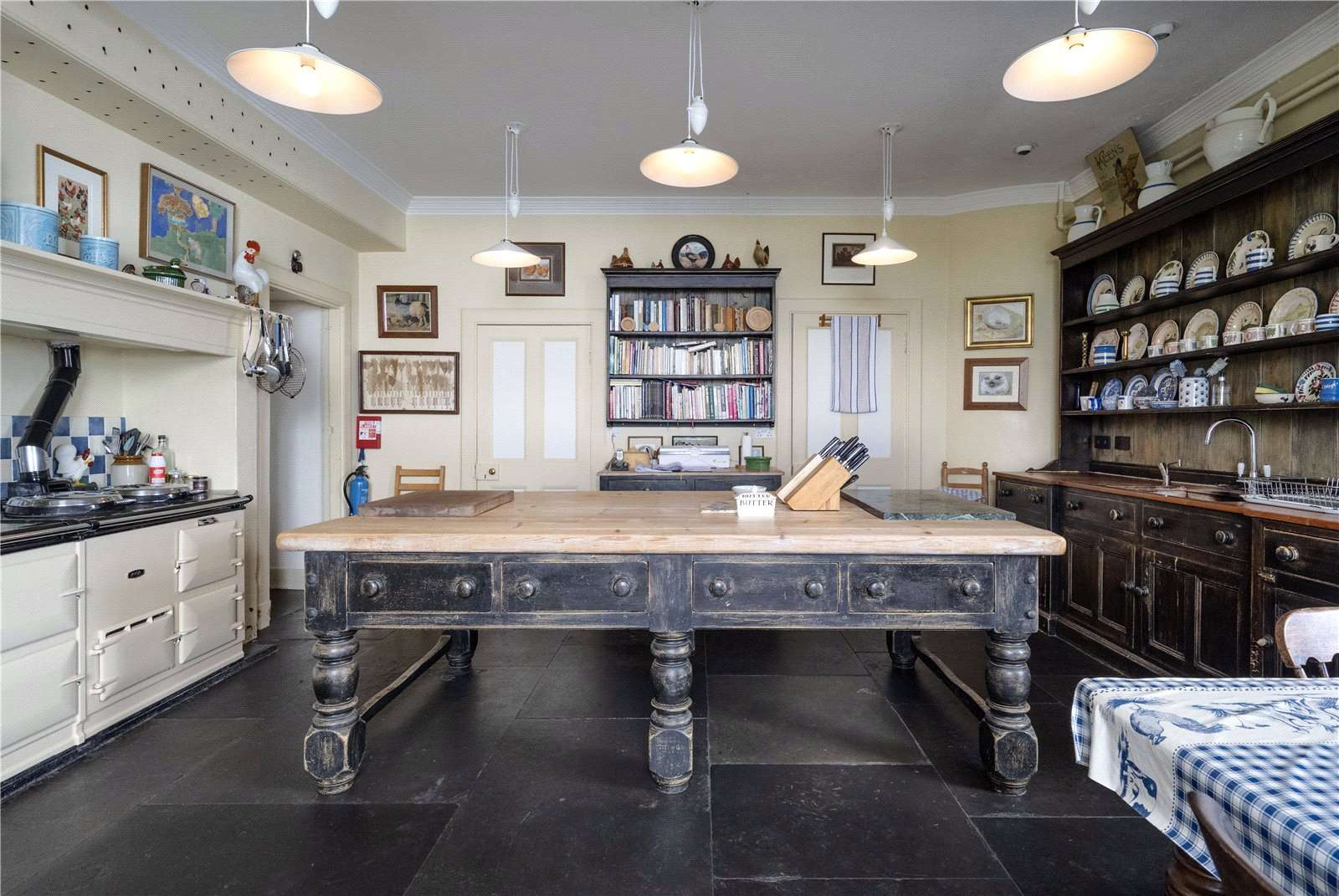
The couple also created two memorable gardens that defy the elements: one, known affectionately as Mrs Threipland’s Garden, is a colourful ornamental and formal walled garden that contrasts with the more minimalist Mr Threipland’s Garden — the original kitchen garden, which is dominated by a smooth expanse of lawn, sculptural grasses and a series of water features.

Dunbeath estate, which is being sold as a whole, encapsulates the Scottish dream, comprising, as it does, a supremely comfortable castle in a glorious coastal setting; a wild and beautiful landscape that includes 12½ miles of river flowing from source to mouth, four hill lochs and lochans, and four miles of rugged coastline; and a variety of sport, including walked-up grouse shooting, red-deer stalking, a first-class pheasant and partridge shoot, and 12½ miles of salmon and sea-trout fishing on the lovely Dunbeath Water.
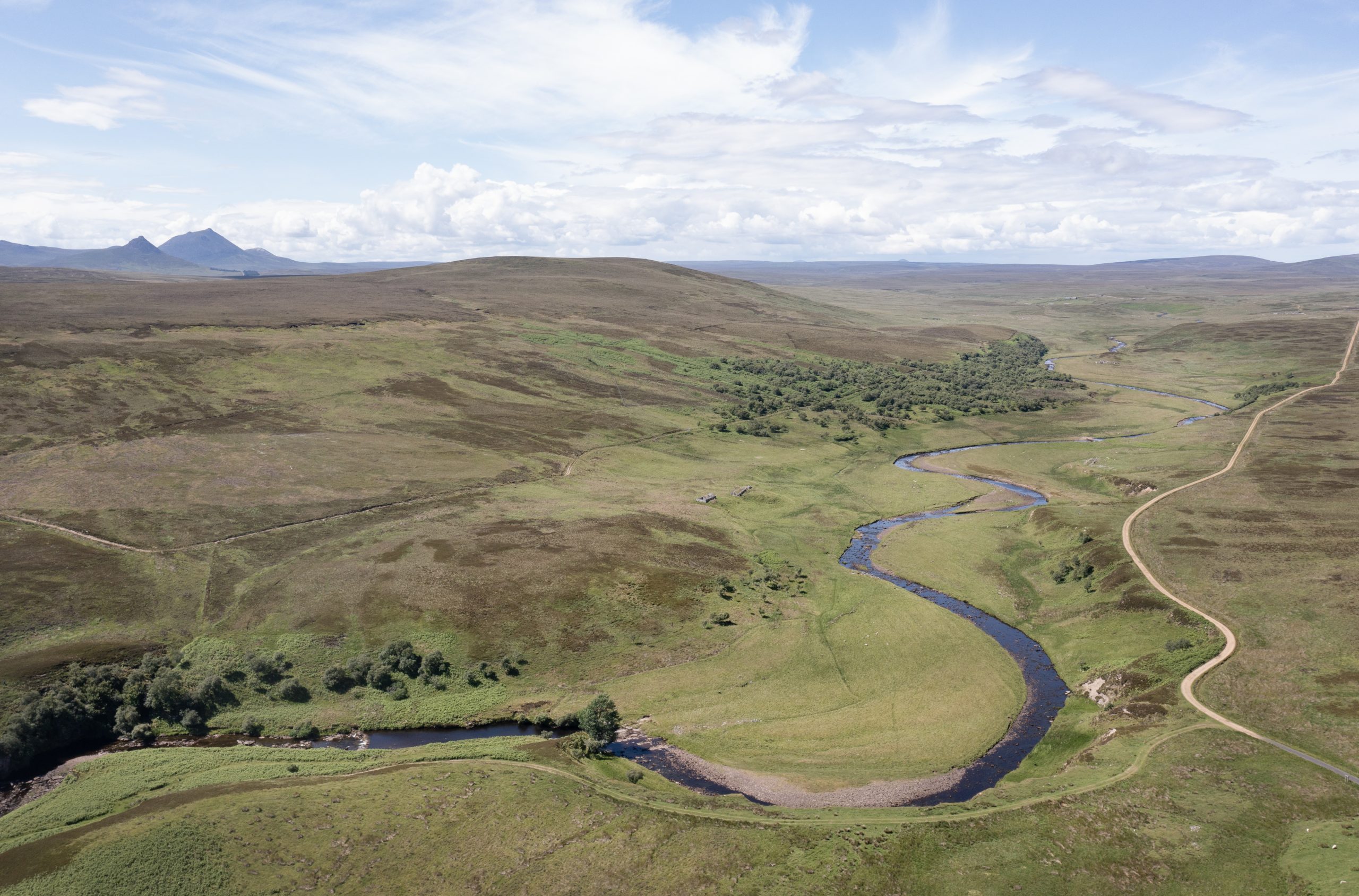
It also boasts a rich environmental and ecological habitat that supports an array of birdlife, wildlife and fauna, with enormous potential for a variety of conservation or peatland-restoration projects.

In addition to these natural assets, some 20 estate houses and cottages provide staff accommodation, holiday lets and long-term rentals, whereas fertile pasture along the coastline and extensive upland grazing enable Dunbeath’s 500-acre in-hand farm to hold a commercial herd of 70 suckler cattle and 800 breeding ewes.
Dunbeath Castle is for sale at £25m — see more pictures and details.
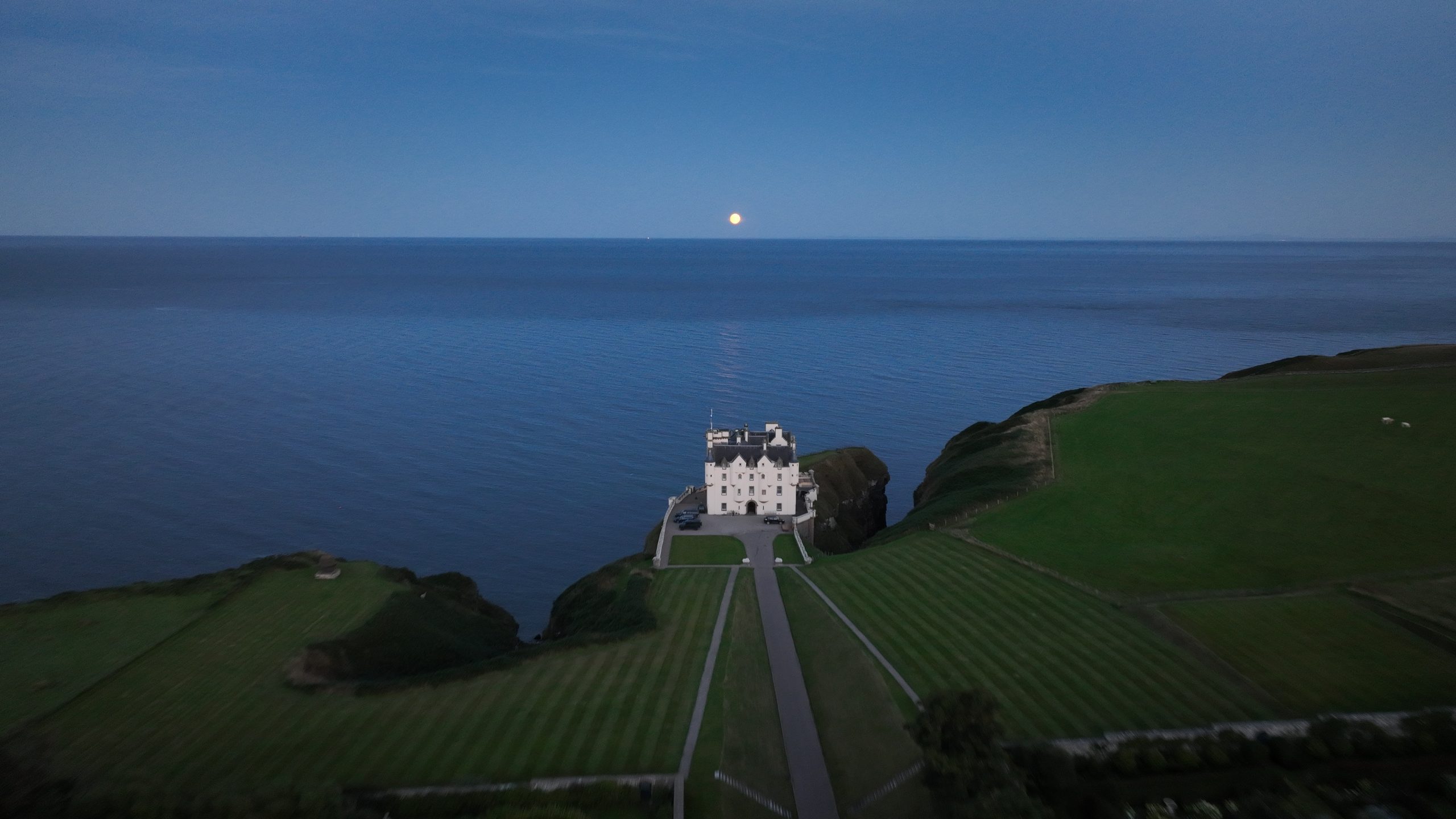
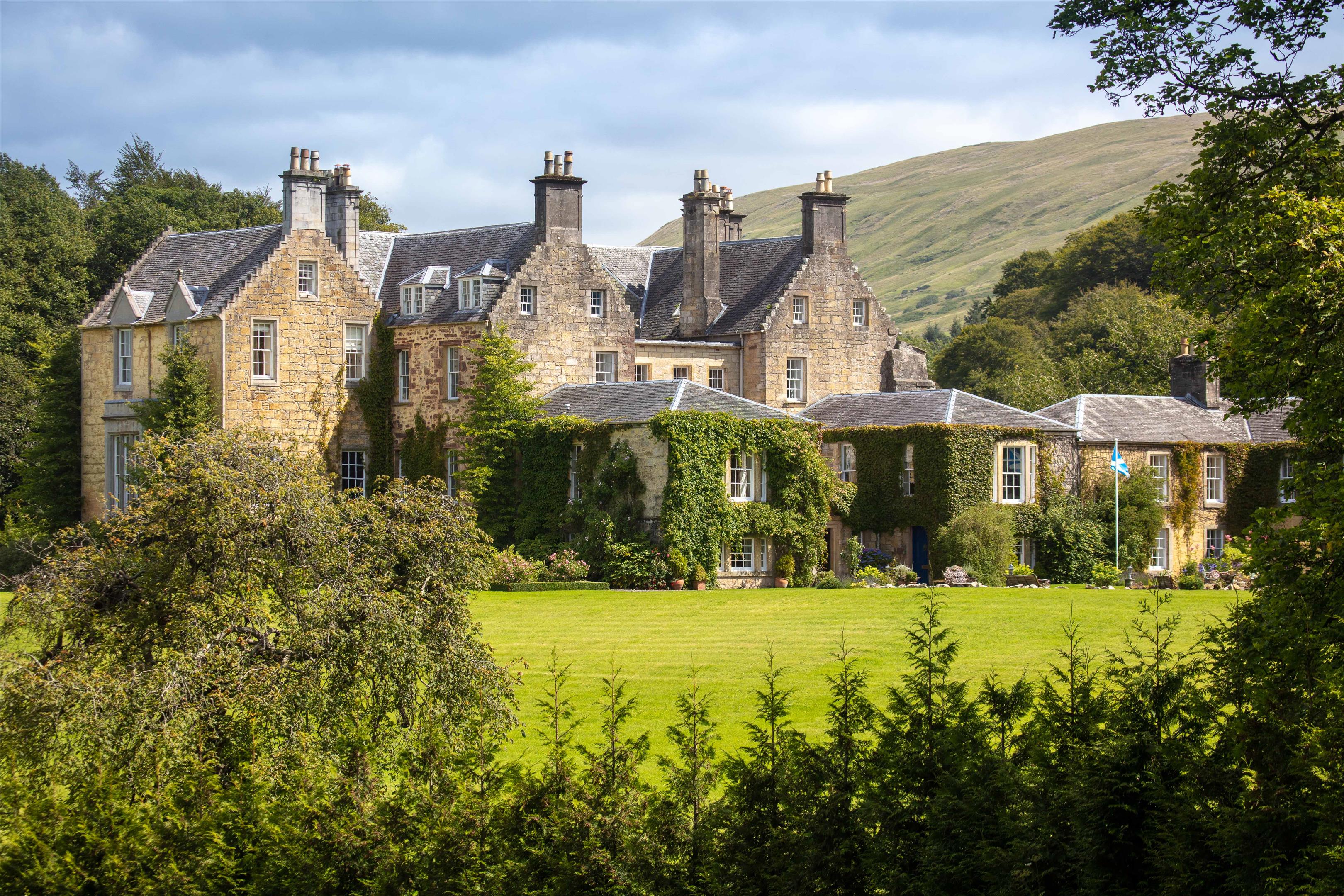
Spectacular Scottish castles and estates for sale
A look at the finest castles, country houses and estates for sale in Scotland today.

